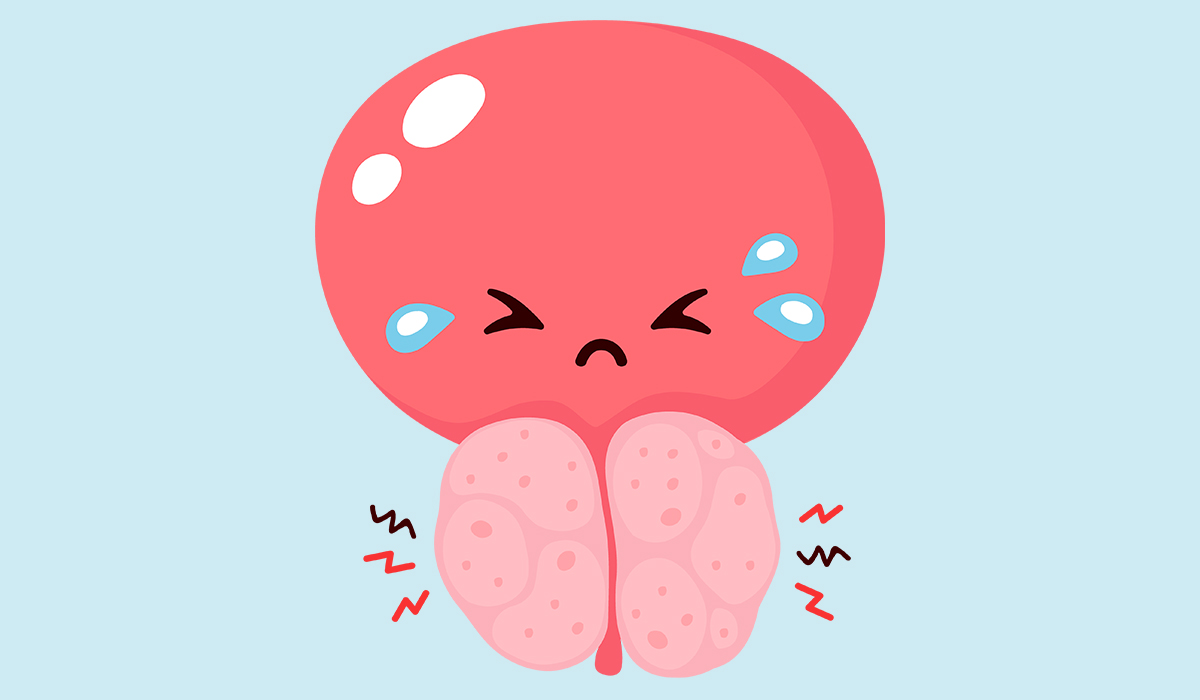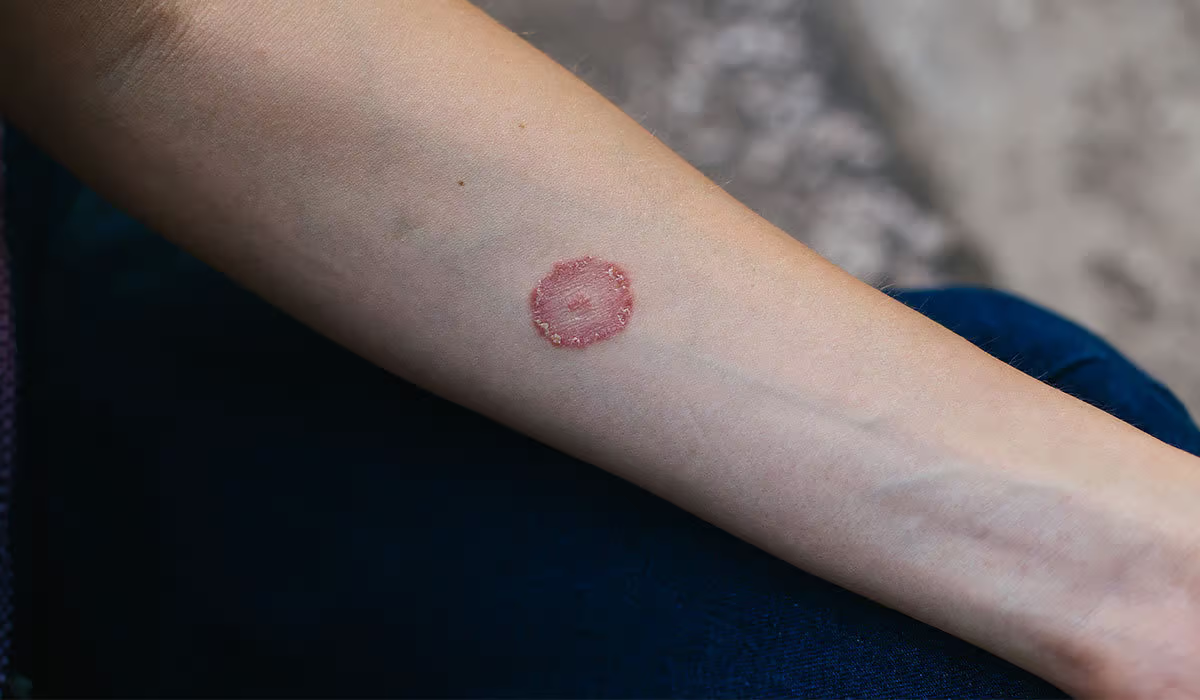Melanoma is a life-threatening condition but can be successfully treated if recognized in its early stages and appropriately managed. Continue reading to learn the essential information about this condition.
Types of Melanoma
Melanoma skin cancer can manifest in several ways, called melanoma subtypes. These include the following:
Superficial spreading melanoma
This type accounts for 55-60% of all melanoma cases. It is most often observed among people younger than 40 but can affect anyone regardless of age. It can form on an existing mole or freckle, change its shape and color, or appear on normal skin. Usually, the cancerous spots are brown or black and appear on the trunk area.
Lentigo Malignant Melanoma
Lentigo malignant melanoma, on the other hand, commonly affects people over 40. It’s a less common type (accounts for 10-15% of melanoma cases). It usually forms on the skin damaged by the sun on the neck, head, face, or ears. Its characteristic feature is a large colored spot that slowly expands and penetrates more profound layers of skin.
Nodular Melanoma
Another rare type of melanoma (10-15% of all melanomas) is nodular melanoma, most often observed in people over 65 years. It can be recognized if a firm pink, black, red, or brown lump forms on the skin. Sun-damaged skin on the neck and head is most prone to nodular melanomas. Unlike lentigo malignant melanoma, this type is aggressive and characterized by fast-growing spots that spread to deeper dermis layers.
Acral Lentiginous Melanoma
One of the least common types of melanoma is acral lentiginous melanoma (1-2% of all cases), a type of skin cancer that causes colorless areas resembling bruises and stains. Most people affected by this condition are over 40. It usually forms on the palms of the hands and soles of the feet. In the early stages, acral lentiginous melanoma expands slowly but becomes more aggressive as it develops.
Desmoplastic Melanoma
Desmoplastic melanoma is another rare type that accounts only for 1-2% of all melanomas. It primarily affects people over 60. Its characteristic symptom is a lump that feels firm to touch. Desmoplastic melanoma may pose a diagnostic challenge because the nodes it causes are the same color as the skin and tend to resemble scars. Like in other types of melanoma, it mainly appears on the skin damaged by the sun. Head and neck are the areas most often affected.
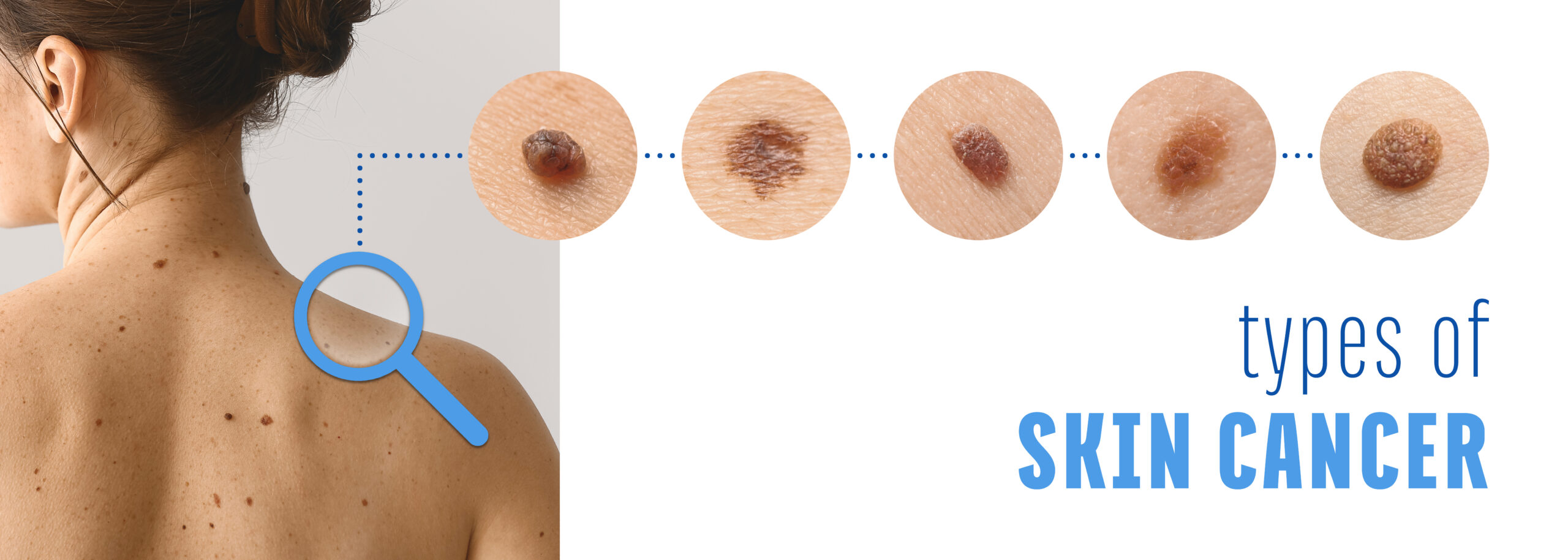
Risk Factors
The risk of developing melanoma depends on numerous factors. They include lifestyle habits and things that can’t be controlled. However, the former is the leading factor. For instance, 85% of all melanoma cases in the UK happen due to ultraviolet exposure. Experiencing sunburns or exposure to the sun often at a young age increases the risk of skin cancer later in life. See the below list for more information regarding risk factors:
- Melanoma rates are higher among men than women. This may be because men do not use sunscreen as often as women.
- The odds also increase if a person develops five or more blisters between 15 and 20. Melanoma risk increases by 80%, and other forms of skin cancer are more likely to occur by 68%.
- Tanning indoors increases the risk of melanoma. The higher the frequency of using tanning beds or lights and the younger age of a person, the greater the chance of skin cancer. Women younger than 30 who tan indoors are six times more likely to develop melanoma than women who don’t.
- People who have treated their melanoma are at higher risk of developing another. The risk increases by 800%.
- People with many moles, especially atypical ones, are also at risk.
- Having a close relative, such as a parent or sibling, with melanoma is another common risk factor.
- People who live closer to the equator are more likely to develop skin cancer. This happens because of higher amounts of UV radiation and more direct sun rays. It also applies to living at higher elevations.
- A weakened immune system increases the risk of melanoma. AIDS, medicines prescribed after an organ transplant, or an unhealthy diet impair the function of the immune system.
Melanoma and Melanocytes
Melanoma occurs if melanocytes – skin cells responsible for producing and distributing melanin – grow out of control. It is the least common form of skin cancer but the most dangerous.
It is also referred to as malignant and cutaneous melanoma because it can spread quickly to other areas of skin and organs. Characteristic features of this condition are black, brown, and, less commonly, pink or white tumors called melanomas that appear on the skin’s surface. They can develop on any part of the body, but the chest and back in men and legs in women are most often affected. Body parts that are frequently involved in both sexes also include the neck and face. Rarely, melanomas form on eyes, genitals, anal area, and genitals.
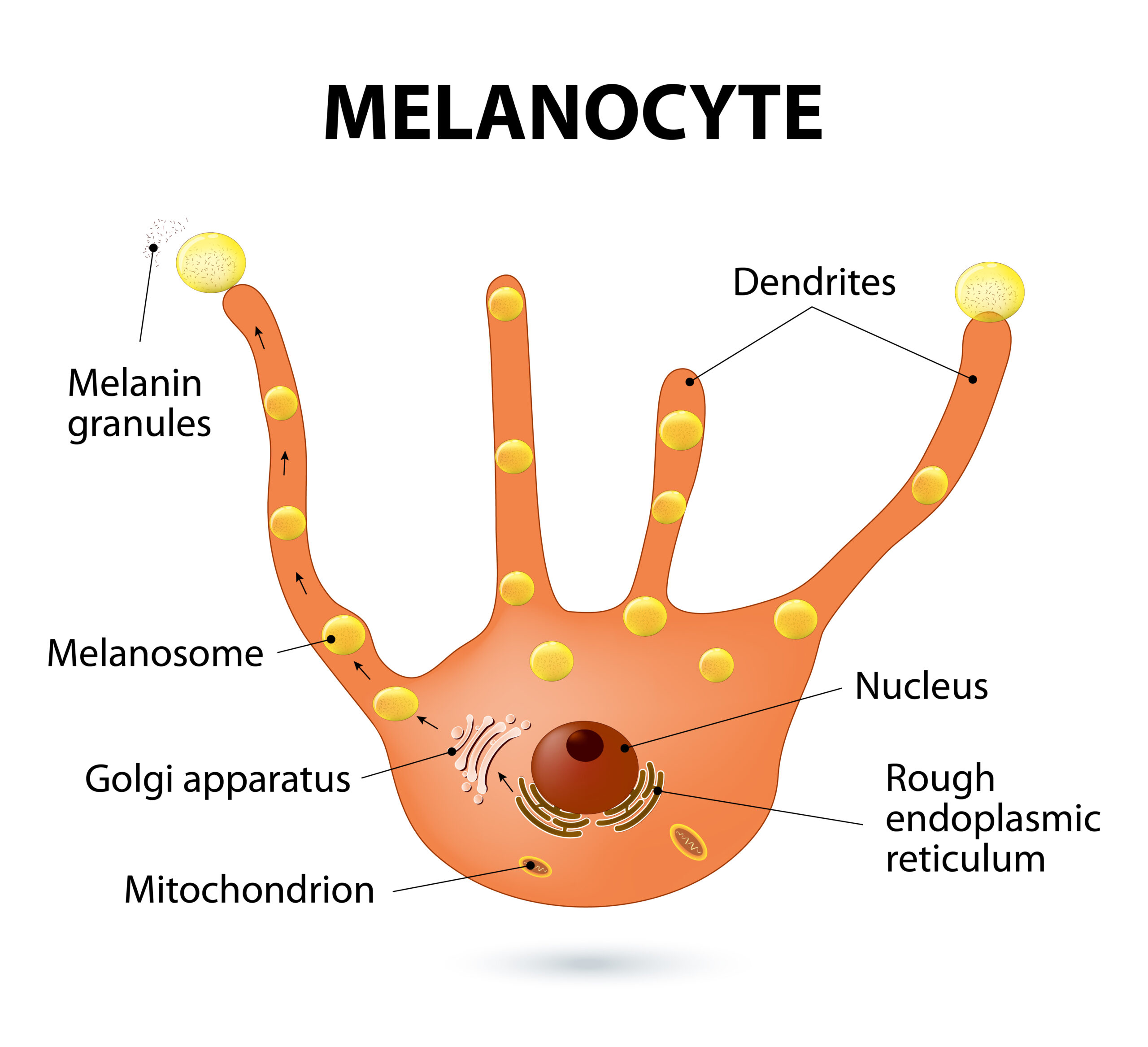
Only 30% form on existing moles, while the rest appear on normal skin. Because of that, it is vital to pay attention to any new spots and changes in the skin. Recognizing the symptoms early increases the chance of treating melanoma successfully.
Diagnosis and Tests
Diagnosis of melanoma consists of the following steps:
Physical exam
You will be asked about your personal and family medical history during a doctor’s visit. Healthcare professionals will also examine your skin to determine if there are any characteristic symptoms caused by skin cancer, such as discolored spots, black or brown lumps, and blisters, particularly in the head, neck, and trunk area.
Biopsy
The removal of a tissue sample to test it is called a biopsy. If a doctor spots a suspicious growth on your skin, they will take a sample of it and send it to a lab to determine whether it is a symptom of melanoma or another type of skin cancer. The procedure will also help you understand if the skin change is dangerous or harmless.
After the biopsy confirms that you have melanoma, the next step is to evaluate the stage of skin cancer. There are five stages of melanoma:
- Stage 0 – Only the top layer of the skin (epidermis) is affected.
- Stage I – At this stage, melanoma is considered low-risk skin cancer and can be treated with simple surgery procedures. Stage I melanoma also indicates that the cancer has not spread yet.
- Stage II – Symptoms indicate a higher-risk skin cancer but no signs of spread.
- Stage III – Melanoma spreads to nearby skin and lymph nodes.
- Stage IV – Melanoma of Stage IV spreads to more distant lymph nodes, skin, and deeper layers of skin and organs.
To determine which stage of melanoma you have, doctors usually order the following tests:
- Positron Emission Tomography (PET) scan
- Computed Tomography (CT) scan
- Magnetic Resonance Imaging (MRI) scan
- Blood tests
- Sentinel Lymph Node Biopsy

Conventional Treatment
Melanoma, which hasn’t spread from isolated formations, can be cured with surgery. During a procedure, a dermatologist applies an anesthetic on your skin, removing the cancerous building with its margins. If the melanoma has spread and affected lymph nodes, a surgeon will also remove them.
At advanced stages, melanoma requires a different approach. It is also more challenging to treat. Treatment options usually include:
- Chemotherapy: Chemotherapy involves drugs that kill cancer cells.
- Immunotherapy: A therapy that strengthens a patient’s immune system so cancer cells are neutralized more effectively.
- Radiation Therapy: This therapy involves high-energy rays targeted at cancer cells.

Melanoma Self-Care
While melanoma treatment often requires medical intervention, several self-care measures can complement it and help patients maintain their overall well-being. It’s important to remember that these self-care practices should be discussed with and approved by your healthcare provider. Here are some critical aspects of managing melanoma at home:
- Stress Management: Dealing with melanoma can be emotionally challenging. Practice stress-relief techniques such as mindfulness, meditation, yoga, or deep breathing exercises to help reduce anxiety and improve your mental well-being.
- Hydration: Stay well-hydrated by drinking plenty of water. Proper hydration is essential for overall health and can help manage potential side effects of cancer treatments.
- Follow Medical Advice: Diligently adhere to your healthcare provider’s recommendations and treatment plan. Attend all scheduled appointments, take prescribed medications, and promptly communicate any concerns or side effects.
- Physical Activity: Use light to moderate physical activity as your healthcare provider recommends. Exercise can help improve your mood, boost energy levels, and enhance your overall quality of life.
- Skin Care: Keep your skin clean and moisturized, but use gentle, fragrance-free products to prevent irritation. Avoid harsh scrubs or exfoliants that could damage your skin.
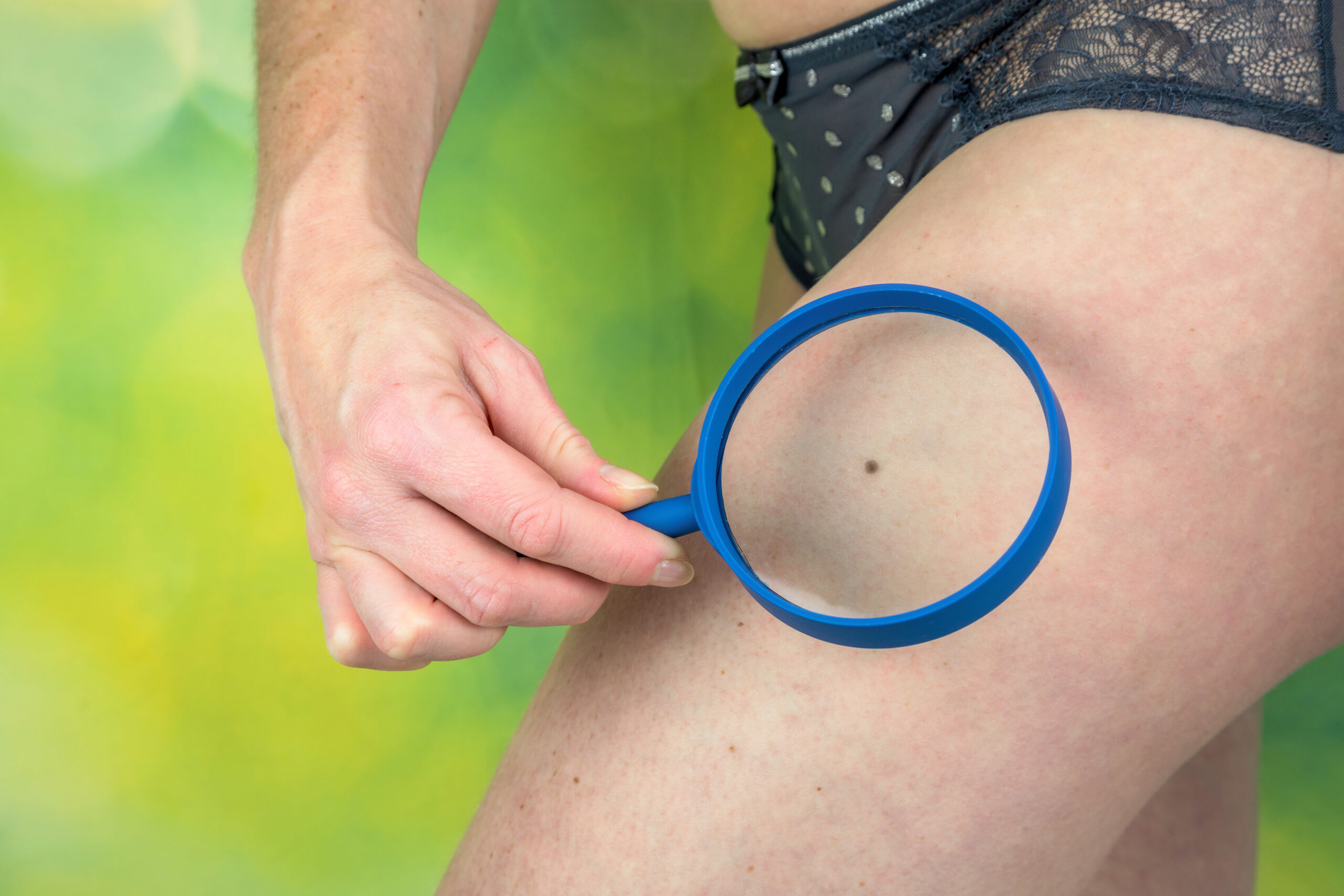
7 Ways To Reduce The Risk
You can reduce the chance of developing melanoma and other skin cancers by limiting exposure to the sun, particularly between 10:00 AM and 4:00 PM. Avoiding sunburns plays the most significant role in reducing the risk of melanoma. However, it is only possible to prevent it to a limited degree. Such factors as age, genetics, and race can lead to skin cancer despite the efforts to maintain healthy skin. That being said, it is still vital to protect your skin because it may decide whether you develop melanoma or not. Here are the most essential practices that you should consider:
- Use a lip balm with sunscreen.
- Protect yourself from the sun by wearing hats with brims, sunglasses, long-sleeved pants, and shirts.
- Don’t use tanning lamps and beds – they generate UV rays, increasing the risk of skin cancer.
- Use a broad-spectrum sunscreen for a whole year. Look out for products with an SPF of 30 or higher.
- Examine your skin regularly. Look out for any changes on your skin, including moles, freckles, and marks. Also, pay attention to existing birthmarks, bumps, moles, etc., to determine if they have changed.
- Boost your immune system. According to the American Cancer Society, weak immunity increases the risk of developing skin cancer. One way to achieve this is to eat a plant-based diet, especially a Mediterranean diet. Plants are effective against cancer thanks to their nutritional content, which includes fiber, vitamins, and carotenoids.
- Numerous studies show you can also improve your immunity by eating fish weekly and drinking tea daily.
Key Facts
Melanoma is a severe form of skin cancer impacting a significant portion of the American population. Its incidence has doubled since 1982. Melanoma is notorious for its rapid spread to various skin areas and organs emerging from melanocytes.
If diagnosed early, melanoma can be successfully treated with surgical procedures. Advanced forms require other treatments, such as immunotherapy, chemotherapy, and radiation therapy.
Patients can complement medical treatment with self-care practices, including stress management, hydration, and adherence to medical advice. Reducing sun exposure and practicing sun safety, such as wearing protective clothing and sunscreen, can help lower melanoma risk. Regular skin self-exams and a healthy diet contribute to early detection and overall well-being in the fight against melanoma.
Sources
- Skin Cancer Foundation. (2022). Melanoma Overview.
https://www.skincancer.org/skin-cancer-information/melanoma/#what - Skin Cancer Foundation. (2022). Melanoma Warning Signs
https://www.skincancer.org/skin-cancer-information/melanoma/melanoma-warning-signs-and-images/#abcde - Cancer Research UK. (2023). Meanoma Skin Cancer.
https://www.cancerresearchuk.org/about-cancer/melanoma - American Cancer Society. (2019). What Is Melanoma Skin Cancer?
https://www.cancer.org/cancer/types/melanoma-skin-cancer/about/what-is-melanoma.html - American Academy of Dermatology Association. (2019). SKIN CANCER TYPES: MELANOMA OVERVIEW.
https://www.aad.org/public/diseases/skin-cancer/types/common/melanoma/overview
